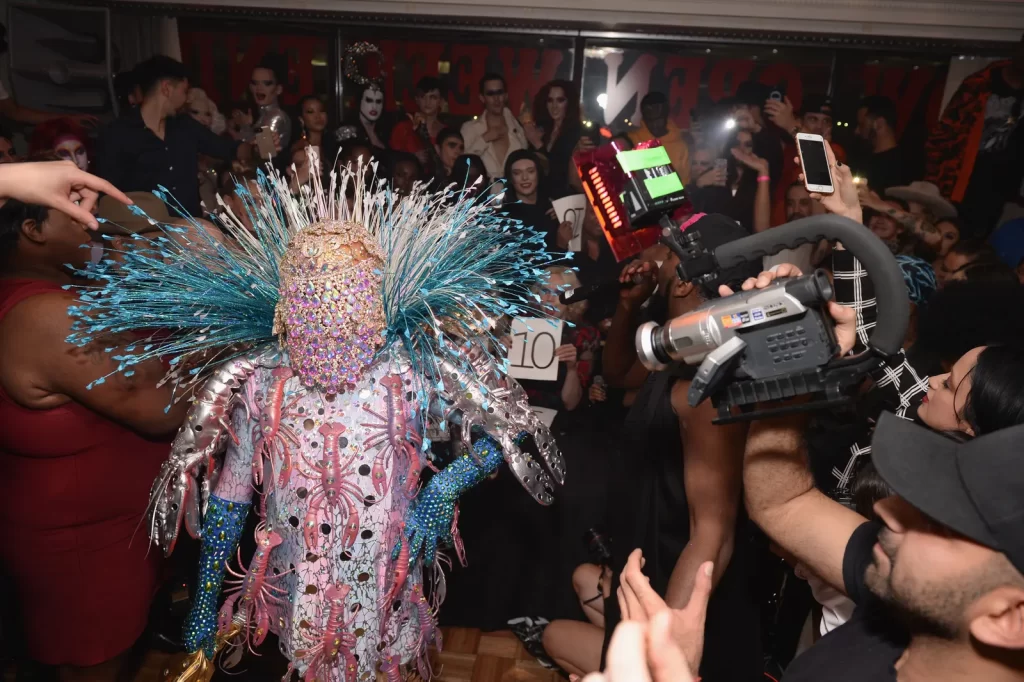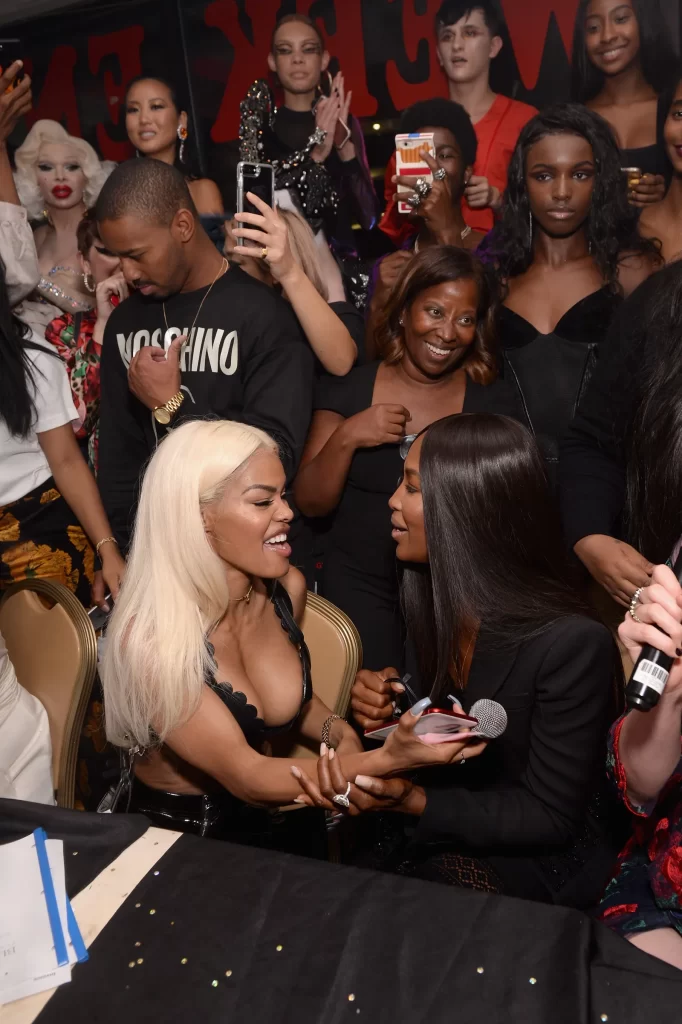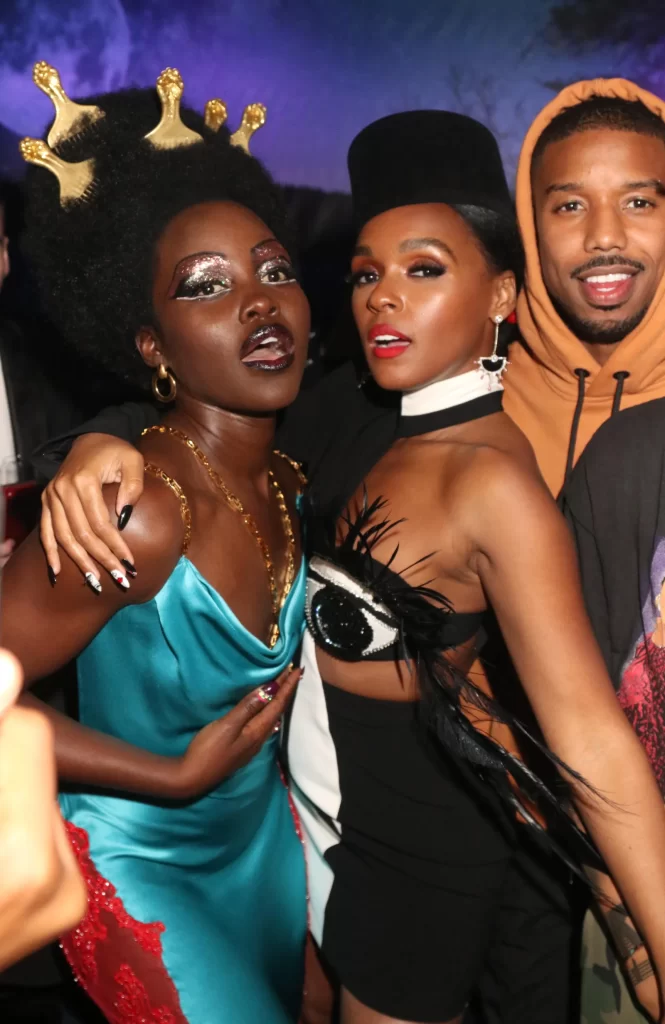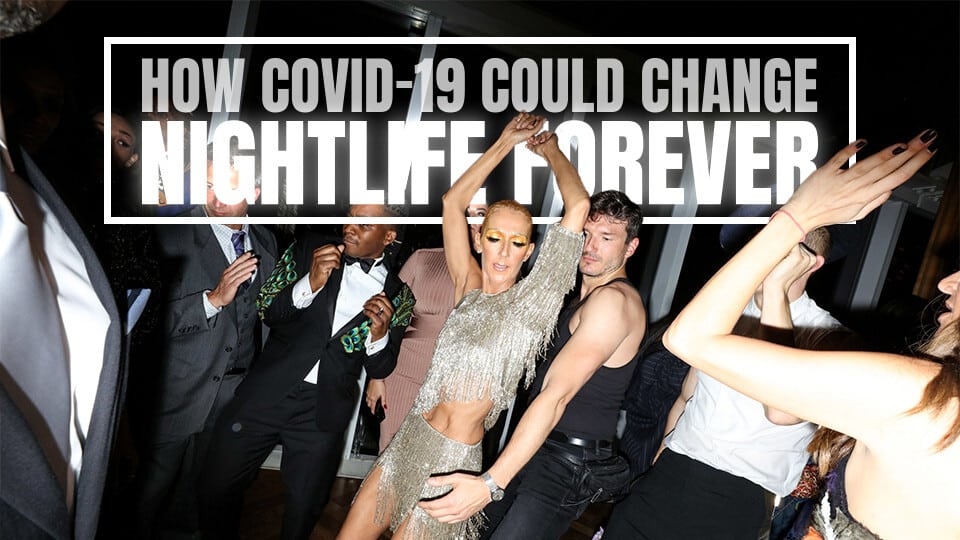You know the feeling—the one of anticipation as you descend into a dimly lit basement or traverse a corridor into a huge room where bodies are moving in time to the music. You might have enjoyed the bass, people-watching, letting go. Less so the queue for the bathroom or the bar.
For many of us, these experiences are but a distant memory, as we’re now more than a year into a pandemic that has seen clubs around the world close their doors to stem the spread of the virus. Early on, some turned to online alternatives such as Club Quarantine, the name taken by two projects—DJ D-Nice’s Instagram Live party that saw Joe Biden, Michelle Obama, and Rihanna tune in, and the other hailed as “Zoom’s hottest new queer club.”
Elsewhere, United We Stream was set up as a kind of virtual venue to crowdfund for Berlin clubs, while other artists performed on live-streaming platform Twitch. At first, it was novel, but after a while, many of us were fatigued by staring at our screens and learned to accept that perhaps nightlife simply wasn’t part of the new normal. Now, the new normal is shifting once again. But what will clubs look like after Covid-19? And, most importantly, will they be safe?

A year like no other by night
“There is a good reason that clubs have been first to close and last to open in the face of the pandemic,” says Dr Paul McKay of Imperial College London, a scientist working on a Covid-19 vaccine. “During a pandemic, going clubbing just might be the most dangerous thing you can do.” Dancing heightens the breathing rate, which can increase the amount of virus that’s expelled. This, coupled with a lack of ventilation in most clubs, is what makes them so high risk. “It’s the same for gyms,” Dr McKay says, “but in clubs there is usually alcohol involved, meaning that inhibitions and social distancing are likely to be severely reduced.”
Clubs might be closed for good reason, but it’s led to some of the most beloved institutions around the world permanently shutting their doors. This is especially the case in the US: New York’s China Chalet—Chinese restaurant by day, fashion-crowd hotspot by night—was one such casualty. Eighteenth Street Lounge in Washington DC also closed after 25 years, as did well-known West Hollywood gay club Rage. Live music venues have been hit hard too, making it more challenging for emerging musicians to grow a fanbase IRL.

In the UK, government subsidies for clubs, plus extra support from the Mayor of London for certain queer spaces in the city helped them hold on throughout last year’s lockdowns, while crowdfunds were set up for nightlife performers. Still, roving club nights (as opposed to permanent spaces) have been suspended, and people who earn a living from them have in many instances slipped through the economic safety net.
Curator and DJ Nadine Artois, who co-founded Pxssy Palace—a popular London club night that caters predominantly to queer and trans people of color—is one of many who have been impacted. “Covid took away my main source of income and affected my mental health immensely,” they say. “There has been a deep collective grief about clubs closing, especially for queer and trans folk, because historically the club has been a place where many feel seen and protected.”
What might ‘safe’ nightlife look like?
In countries where governments controlled the spread of the virus, nightclubs opened again relatively quickly, presenting a blueprint for the rest of the world. In New Zealand, which has had 26 deaths from approximately 2,500 cases, clubs fully reopened in mid-2020. Party organizers Friendly Potential ran a festival called Catacombs in Auckland over two nights in October. “We can only party if we are at level one, meaning no active community transmission, and we use contact tracing for our dancers,” says Scarlett Lauren, who co-runs the event.
In Berlin, a brief dip in Covid-19 rates last summer led some clubs to reopen, giving us a glimpse of what the months ahead might look like. The infamous Berghain made its garden available, as did ://About Blank, on the proviso that there was no dancing, orders were taken at tables and masks were worn while walking around. “Outdoors is not completely safe, but the airflow makes it safer,” Dr McKay says. So what about indoor clubs? “They could introduce more air changes through a new ventilation or extraction system as a precaution. Essentially, the issue is the number of infectious particles in the air, so if you could do anything to reduce that, it’s going to make it safer.”

Dr McKay thinks that people will loosen up with the vaccine rollout and clubbing won’t be seen as such a risk, but in turn, this ease could lead to a new spike in cases. “Plus, some countries won’t be able to produce millions of doses of a vaccine overnight unless there are multiple suppliers,” he says. “And the first people to be prioritized are over 60 or 70—these are the most at-risk groups and the least likely to go to nightclubs.” Dr McKay adds that, even when vaccines become widely available to all adults, it still takes about six weeks for people to build up immunity.
In other words, while a vaccine will likely mean that many clubs around the world can reopen in 2021, it won’t be an overnight ticket for us all to go partying again. The reopening of venues last year in Seoul led to a new coronavirus outbreak within days. Spain and Denmark reopened clubs, soon closing them again amid rising rates of infection.
Reinventing a better and safer nightlife
Over the course of the pandemic, there has been much conjecture over what ‘safe’ nightlife will look like. Are futuristic PPE bodysuits like those designed by LA creative studio Production Club the answer, for instance, or large plastic bubbles as seen at a socially distanced The Flaming Lips gig in October?

While we wait, Artois believes this moment might be better spent deciding how we want nightlife to improve. “When Covid-19 hit, many of us struggled financially and emotionally; we started to support each other in new ways, so it’s about asking how we can bring that sense of care and accessibility to the future of clubbing,” they say.
Nightlife as we knew it isn’t going to be the same, Artois concludes, but that could be fertile ground for opportunity: “Queer, trans, Indigenous, Black and POC communities are so resilient, we have created incredible things out of struggle and will continue to do so. It’s time to get creative and rethink what is possible.”


